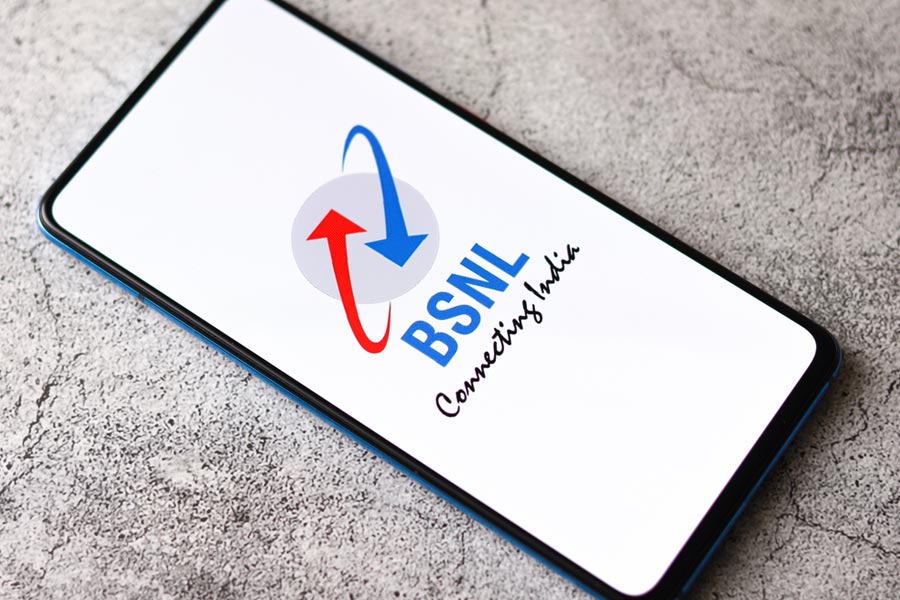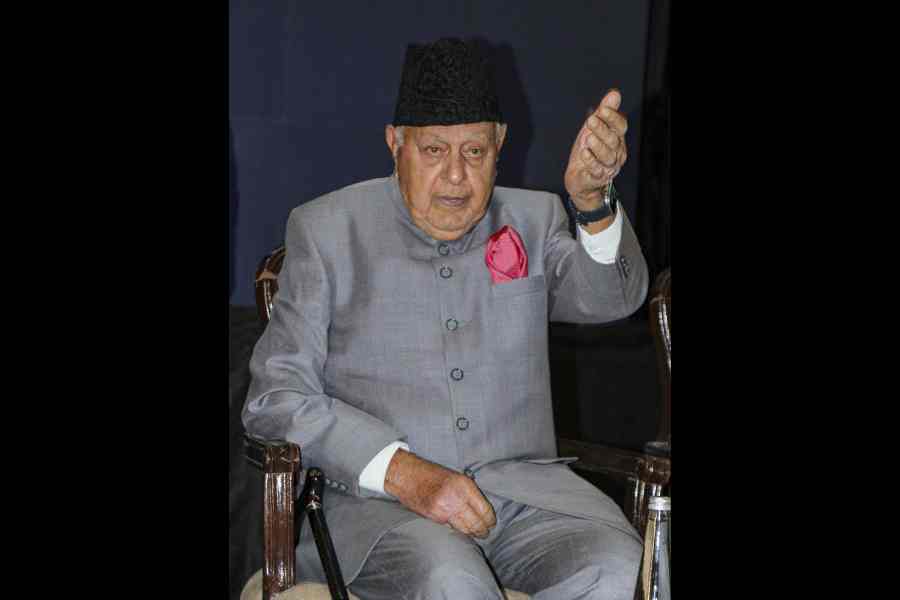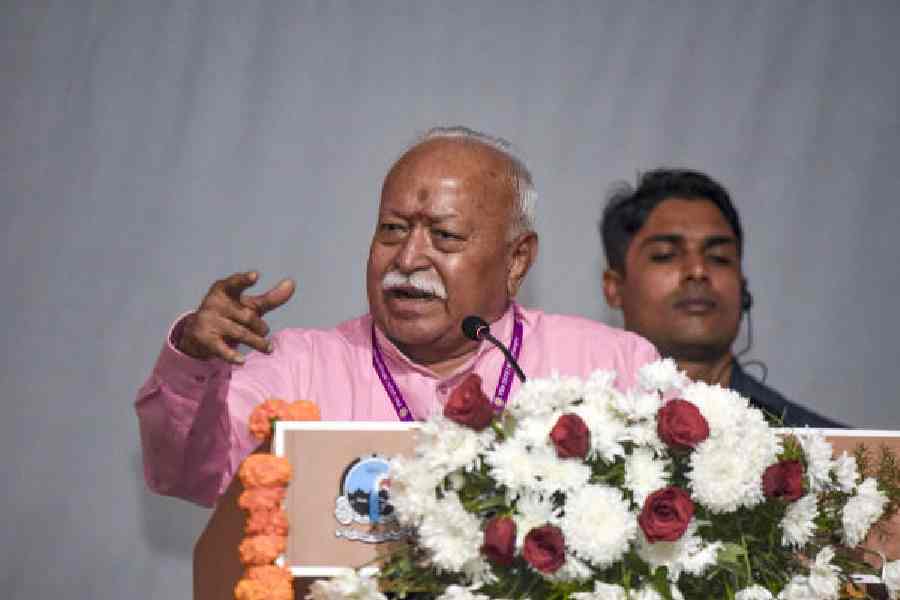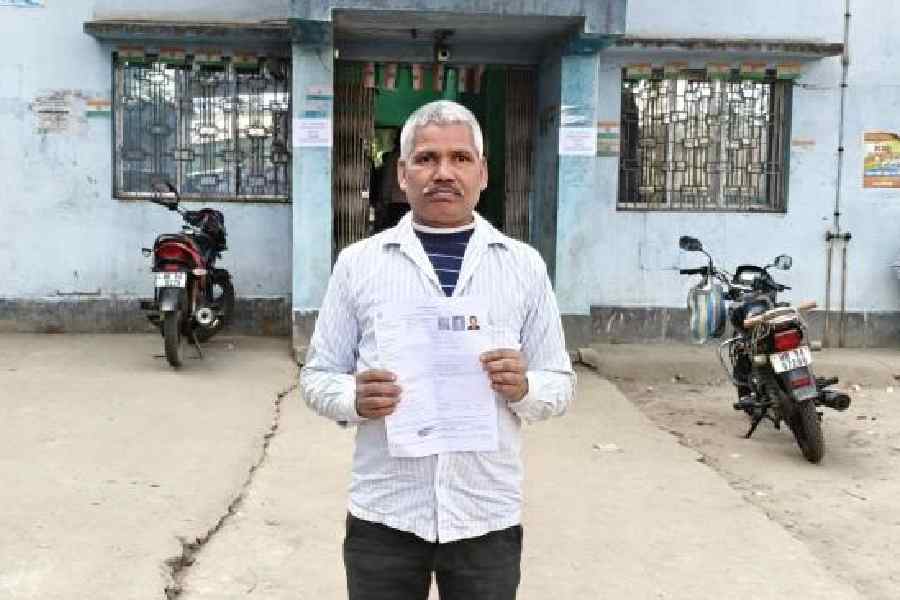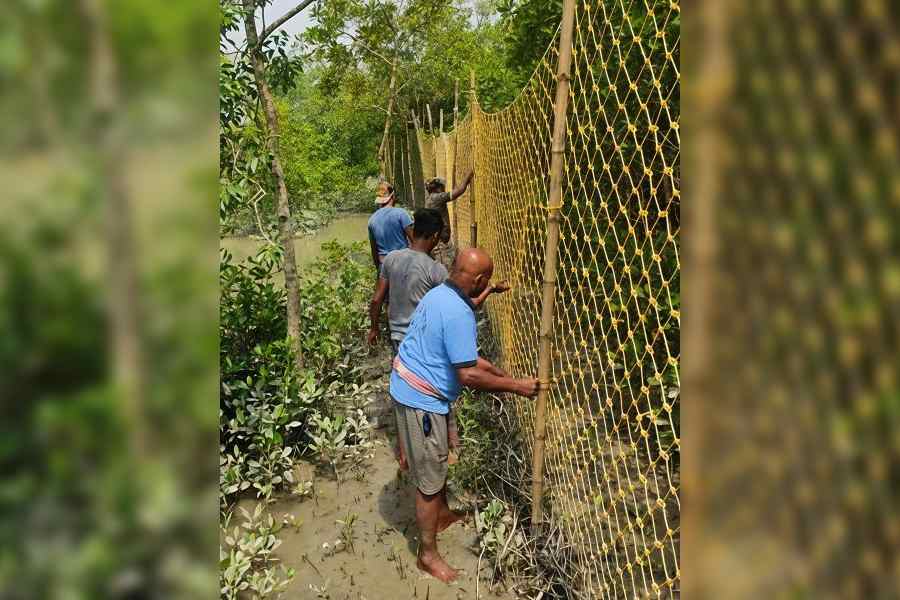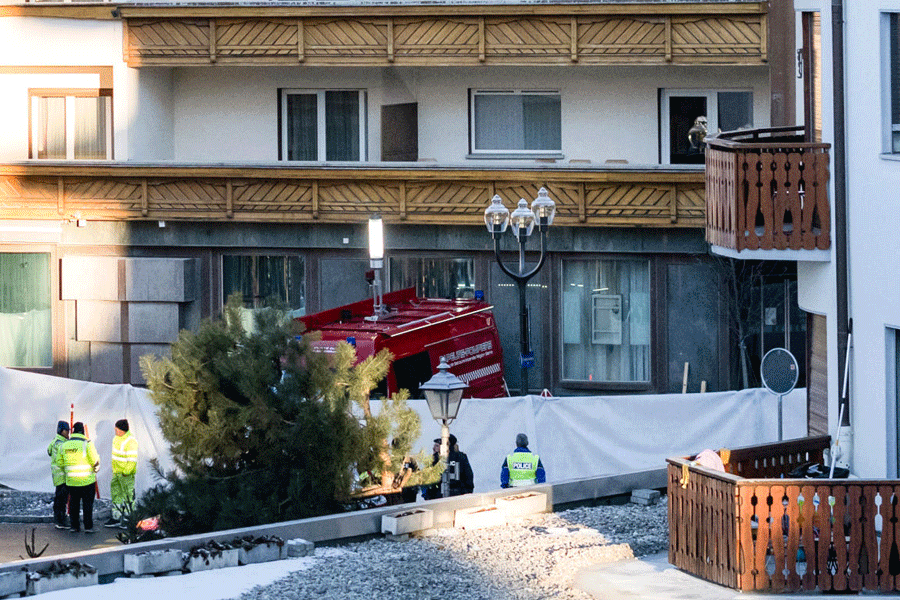The Narendra Modi-government has grandly announced a Rs 89,047.82 crore third revival package for the beleaguered state-owned Bharat Sanchar Nigam Ltd (BSNL) but, true to form, it has hoodwinked everyone with another gigantic hoax.
BSNL, the loss-making telecom player that has struggled to keep up with its rivals in what is increasingly turning out to be a two-horse race, has been offered free spectrum in four bands – 700 Mhz, 2500 Mhz, 3300 Mhz, and 26 Ghz – which has been arbitrarily valued at Rs 88,515.93 crore. It has thrown in a small amount of Rs 531.89 crore under an unexplained head called “Miscellaneous items” with little clarity on whether there is an upfront cash infusion to help the fallen giant to its feet again.
But the real hoax is in the way that the spectrum – which has always been handed free of cost to the state-owned telecom player – has been valued.
The Rs 46,338.60 crore valuation of spectrum allotted in the 700 Mhz band in the country’s 22 telecom circles accounts for over 52 per cent of the latest revival package. The problem is that this valuation is arbitrary – and is out-sized when compared with the pan-India price that the auction of 5G spectrum in July last year threw up for the 700 Mhz band.
The pan-India price for one block of 700 Mhz spectrum — comprising 5 Mhz of uplink and 5 Mhz of downlink frequency — amounted to Rs 19,635 crore. “...The Modi government is marking up the price of 10 Mhz of paired spectrum in the same band to over Rs 46,000 crore while valuing its largesse to BSNL, which works out to 2.36 times the price discovered through last year’s auction.
“They (the government) are giving this amount essentially as a licence fee for 4G and 5G spectrum. No cash is being given to BSNL for its revival.
Direct capital infusion would have benefited the company more. Coupled with that, it would have been better if the government would have instead given some sovereign guarantee on loans from financial institutions to purchase spectrum on its own.
“For a complete rollout of 5G services, it would still take some time for BSNL. But if there was at least some cash infusion, it would immediately strengthen the balance sheet of the company,” said Prahlad Rai, retired DGM, BSNL and chairman of All India Bharat Sanchar Nigam Limited Executives’ Association.
An analyst said that it wasn’t clear how the Centre arrived at a Rs 46,000 crore valuation for spectrum in the 700 Mhz band. He added that at the 5G auction conducted last year, Reliance Jio Infocomm had acquired spectrum in the 700MHz, 800MHz, 1800MHz, 3300MHz and 26GHz bands. Jio’s total cost for acquiring the right of use for 25,040 MHz of spectrum for a period of 20 years worked out to Rs 88,078 crore.
Under the terms of the auction, the spectrum payments have to be made over 20 equated annual instalments, with interest computed at 7.2 per cent per annum.
Reliance had then said that this would result in an annual payment of Rs 7,877 crore for the 25,040 Mhz spectrum. Of this, it would pay Rs 3,512 crore annually for 700 Mhz which translates to Rs 70,240 crore.
Capital hike
The Union cabinet, which met on Wednesday, also raised the authorised capital of BSNL from Rs 150,000 crore to Rs 210,000 crore. This really doesn’t amount to much because authorised capital is the maximum amount of share capital that a company can issue to its shareholders. All this does is that it creates more headroom to issue shares in future. In BSNL’s case, this looks dicey because it will have to merge its operations with the loss-making Mahanagar Telephone Nigam Ltd.
In its latest annual report, BSNL reported a standalone loss of Rs 2,696.13 crore in the year ended March 31 this year. MTNL, on the other hand, had reported a stand-alone loss of Rs 2,910.74 crore during the same period.
BSNL is a public sector company formed on September 15, 2000 after the Vajpayee government adopted the telecom policy of 1999 that allowed telecom players to switch to a revenue-sharing arrangement with the government at a time when private players were struggling to stump up the bid amounts on the licences they had bid for in the early nineties when the sector was thrown open to them.
In October 2020, BSNL took over the ongoing business of the Department of Telecom Services and Department of Telecom Operations.
Revival plans
The government has already drawn up two revival packages for BSNL – one in October 2019 and the other in July 2022.
Under the 2019 package, the Centre approved in-principle the merger of MTNL and BSNL, offered a voluntary retirement scheme to BSNL employees above 50 years of age, made an administrative allotment of 4G spectrum and counted up its value as a capital infusion, offered 10-year bonds to restructure its debt and also monetized its land, buildings, tower and fibre assets.
The July 2022 revival package was a lot more substantial: it offered financial support of Rs 22,471 crore in the form of equity infusion, offered a viability gap funding worth Rs 13,789 crore for the period 2014-15 to 2019-20 and another Rs 7,200 crore for a period of six years starting financial year 2020-21, and offered a sovereign guarantee to help BSNL float bonds worth Rs 22,828 crore.
In its latest annual report for 2022-23, BSNL said: “Funding of Rs 3,013 crore has been received during the year in the form of equity infusion for capital expenditure. Viability gap funding of Rs 16,189 crore has been received during the year for the period upto FY 21-22 and Rs 1,200 crore for FY 22-23 has been recognized in the books.”
In the 2022 revival package, the government treated 106 Mhz of spectrum allocated in the 900 Mhz band in February 2020 and another 22 Mhz allotted in October 2022 as equity infusion worth Rs 23,373.44 crore (arising from Rs 19,808 crore as the cost of spectrum and Rs 3,565.44 crore as the GST amount).
The trouble is that spectrum allocation — which is a leased asset provided for 20 years — is being counted as equity infusion. One can quibble over whether its right to treat the cost of a 20-year leased asset as an equity infusion.
But the latest rescue package takes this sleight of hand to another level by ascribing a value to the spectrum allocation that defies logic.

